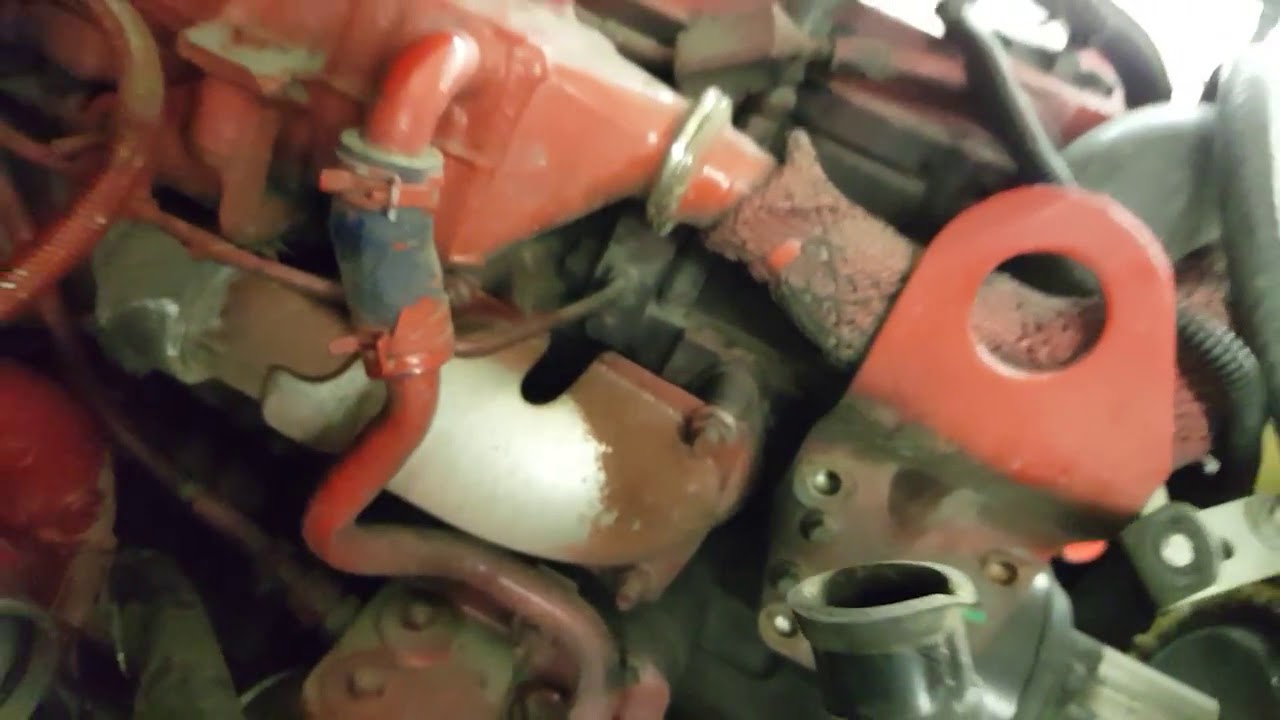This Cummins ISB diesel engine was running flawlessly for years. It’s a 2009 so seven years with a fairly decent service record is a bonus for the fleet. Eventually mechanical components do fail as most people know and this part was the VGT actuator. VGT stands for variable geometry turbocharger.
I can tell you this… these turbochargers are great because they’re a very efficient engine exhaust brake and help with the engine regens by creating back pressure to bring up the engine temperature. The angle of the vanes in the turbo are adjusted by the actuator to create a resistance to the exhaust output leaving the engine exhaust manifold in turn making back pressure required to hold back the bus when descending a hill.
The VGT actuator code 2636 stated that the actuator was inoperable because of a message interruption through the J1939 which is how the engine ECU communicates to the actuator. We went through the troubleshooting steps using the Cummins Quickserve website and checked the wiring harness. The troubleshooting tree led us to a faulty actuator.
The resistance readings were not spot on and there is a terminating resistor inside the actuator. I found out the cost of the actuator was half the cost of a complete turbocharger so it was time to make a decision. Since there had been a couple of previous failures with the VGT (turbocharger) on other sister buses with the same engine I decided to replace the complete unit.
There was an exhaust leak as well so the exhaust manifold and VGT had to come off anyway to make the repair. I’m always looking down the road on each bus that comes into the shop and if there’s justification to spend extra money to avoid doing this all over again… and having a larger failure in the future…. going with the complete re and re was the best option.
It’s hard to keep up with a bus such as this one that we don’t see that has a small route every day. It does not come in for services as often and over time small issues will develop. In this case the coolant was not looking very healthy, there was signs of a rust build up in the mix so new coolant and a thermostat are on the list as well.
Every 15,000 km service we test the coolant and add DCA (dry chemical additive) in the system to treat it for air bubbles which do lots of damage if they’re floating around the block and come in contact with a component. These air bubbles are extremely hot when they burst and do lots of damage especially to a soldered part like the EGR cooler $$$. This is why preventive maintenance is the best maintenance.







